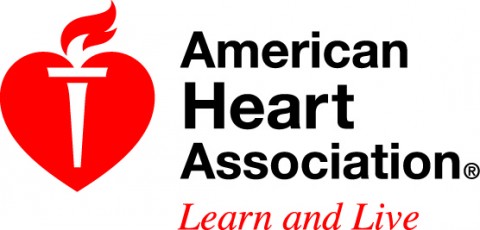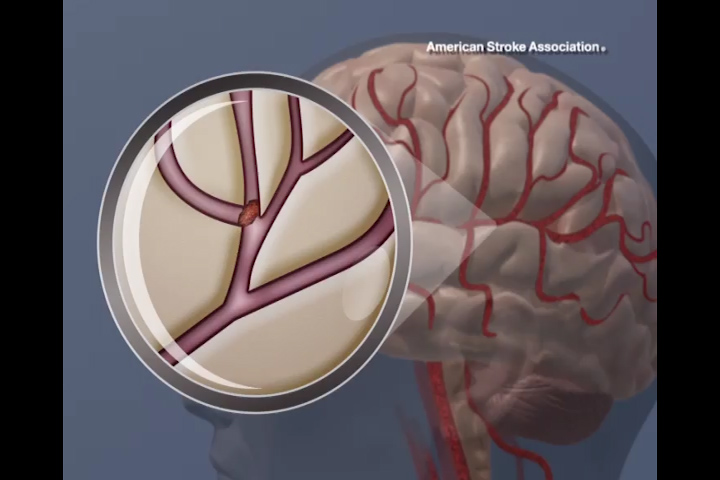American Heart Association Rapid Access Journal Report
 Dallas, TX – Intravenous clot busting may be safe and effective in patients who required daily living assistance prior to stroke, according to new research in the American Heart Association’s journal Stroke.
Dallas, TX – Intravenous clot busting may be safe and effective in patients who required daily living assistance prior to stroke, according to new research in the American Heart Association’s journal Stroke.
A European multicenter study researched the effect of intravenous thrombolysis (IVT) – clot busting – among ischemic stroke patients with preexisting dependency – defined as unable to live alone without help from another person.

“These findings prove that randomized-controlled IVT trials should be considered for such patients,” said Henrik Gensicke, M.D., lead author and neurologist in the Department of Neurology at the University Hospital Basel in Switzerland.
Among 7,430 IVT-treated patients in 12 European stroke centers, 6.6 percent were dependent prior to stroke. Researchers measured the degree of disability at 3 months after stroke onset. In this case, poor outcome included not reaching at least pre-stroke dependence among the dependent group.
Within three months after IVT treatment, dependent patients were twice as likely to die as independent patients. However, poor outcome and intracranial hemorrhages was equally frequent in both groups.
Among three-month survivors, the proportion of dependent patients with poor outcome did not differ from independent patients. After adjusting for age and stroke severity, dependent patients were at lower risk of poor outcomes than independent patients.
“Concerns of higher complication rates from IVT-treatment resulting in a less-than-favorable risk–benefit ratio for dependent patients might be unjustified and perhaps should be set aside to allow further study,” Gensicke said.
In this study, prior stroke, dementia, heart and bone diseases were the most common causes of preexisting dependency and dependent patients were older, more often female, had more severe strokes and were more often prescribed antithrombotic medication than previously independent patients.
Co-authors are Daniel Strbian, M.D.; Sanne Zinkstok, M.D., Ph.D.; Jan Scheitz, M.D.; Olivier Bill, M.D.; Christian Hametner, M.D.; Solene Moulin, M.D., M.Sc.; Andrea Zini, M.D.; Georg Kagi, M.D.; Alessandro Pezzini, M.D.; Visnja Padjen, M.D.; Yannick Bejot, M.D.; Sydney Corbiere; Thomas Zonneveld, M.D.; David Seiffge, M.D.; Yvo Roos, M.D., Ph.D.; Christopher Traenka, M.D.; Jukka Putaala, M.D.; Nils Peters, M.D.; Leo Bonati, M.D.; Sami Curtze, M.D., Ph.D.; Hebun Erdur, M.D.; Gerti Sibolt, M.D.; Peter Koch, M.D.; Laura Vandelli, M.D.; Peter Ringleb, M.D.; Didier Leys, M.D.; Philippe Lyrer, M.D.; Charlotte Cordonnier, M.D.; Patrik Michel, M.D.; Christian Nolte, M.D.; Turgut Tatlisumak, M.D.; Paul Nederkoorn, M.D. and Stefan Engelter, M.D. Author disclosures are on the manuscript.
The Stroke-[Hirnschlag]-Fund Basel and Swiss National Foundation grants supported the study.
Additional Resources
- View the manuscript online.
- Follow AHA/ASA news on Twitter @HeartNews.
- For stroke science, follow the Stroke journal at @StrokeAHA_ASA



